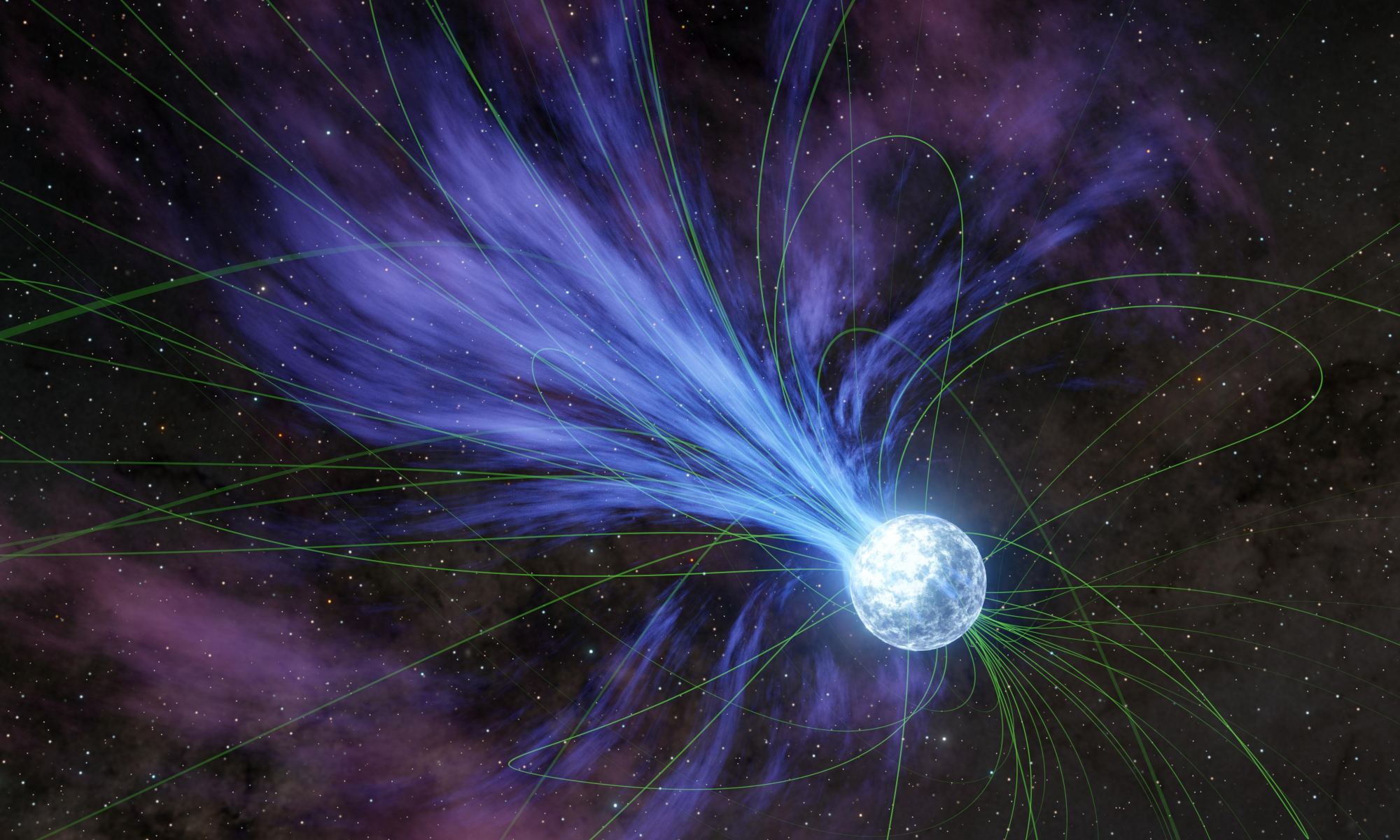Fast radio bursts (FRBs) are strange events. They can last only milliseconds, but during that time can outshine a galaxy. Some FRBs are repeaters, meaning that they can occur more than once from the same location, while others seem to occur just once. We still aren’t entirely sure what causes them, or even if the two types have the same cause. But thanks to a collaboration of observations from ground-based radio telescopes and space-based X-ray observatories, we are starting to figure FRBs out.
Continue reading “Another Clue Into the True Nature of Fast Radio Bursts”Neutron Star Suffers a “Glitch”, Gives Astronomers a Glimpse Into How They Work
What, exactly, is the inside of a neutron star like?
A neutron star is what remains after a massive star goes supernova. It’s a tightly-packed, ultra-dense body made of—you guessed it—neutrons. Actually, that’s not absolutely true.
Continue reading “Neutron Star Suffers a “Glitch”, Gives Astronomers a Glimpse Into How They Work”

